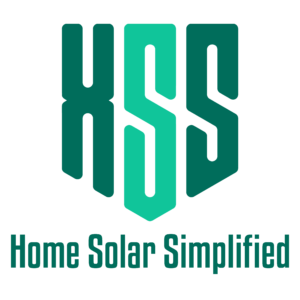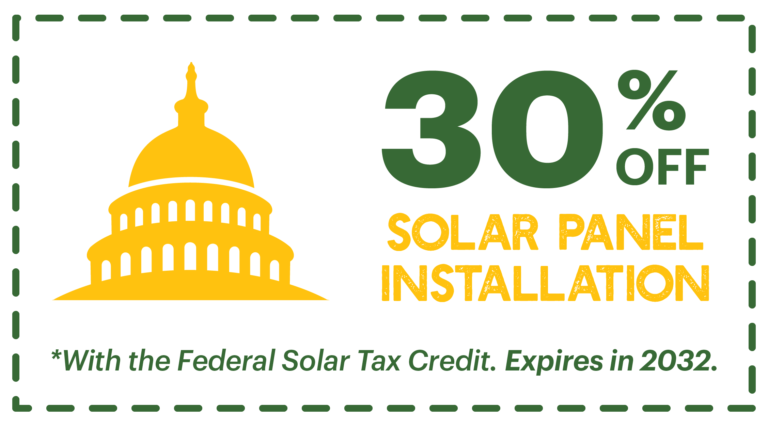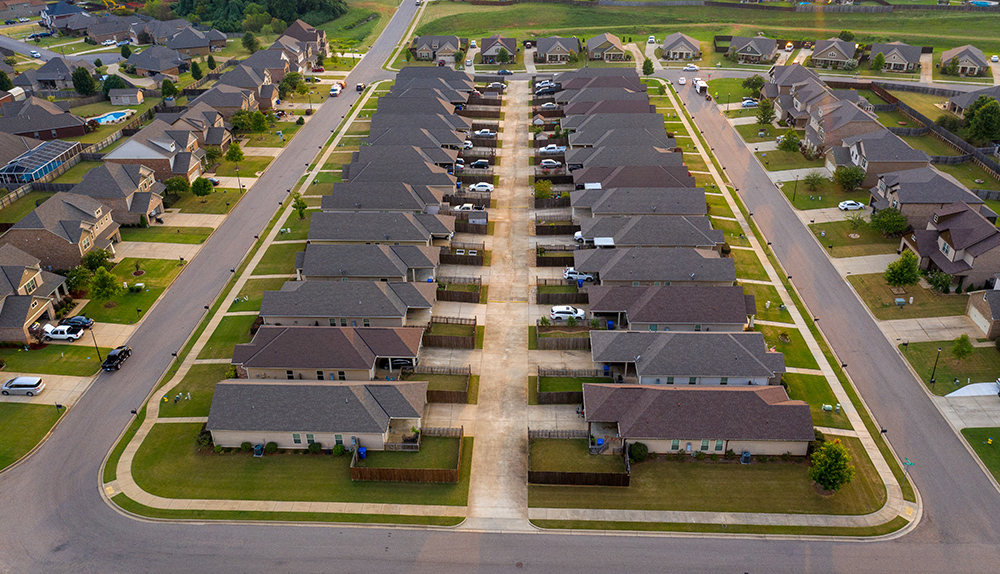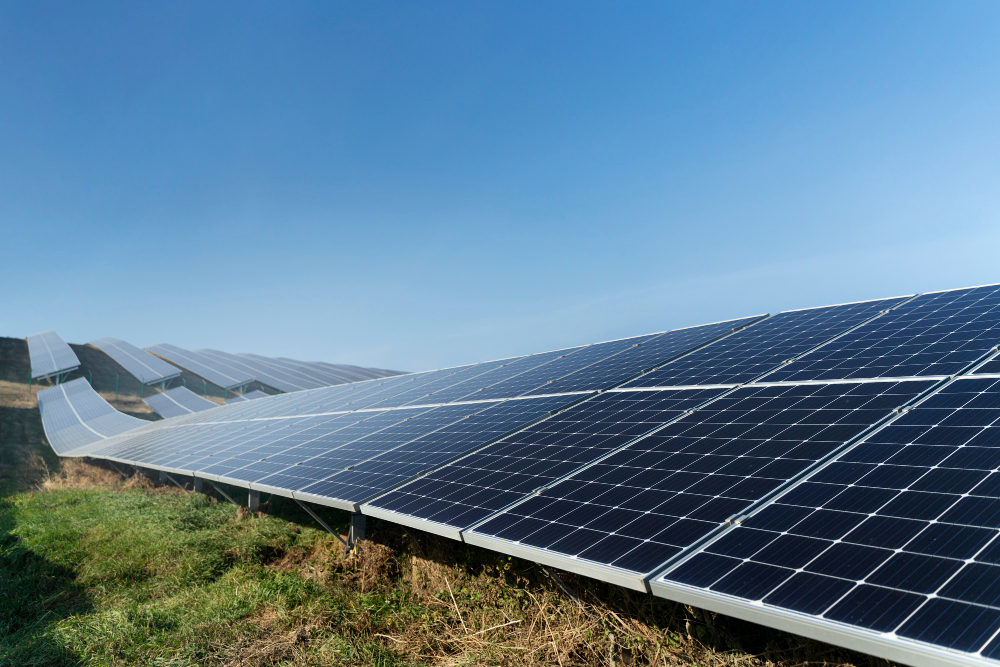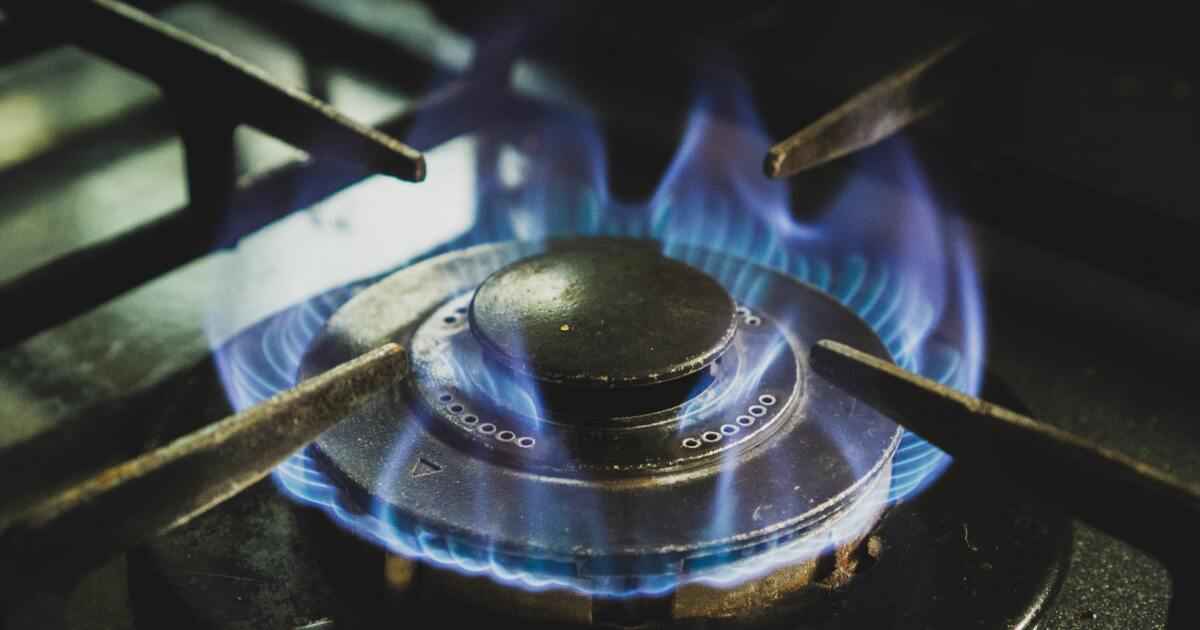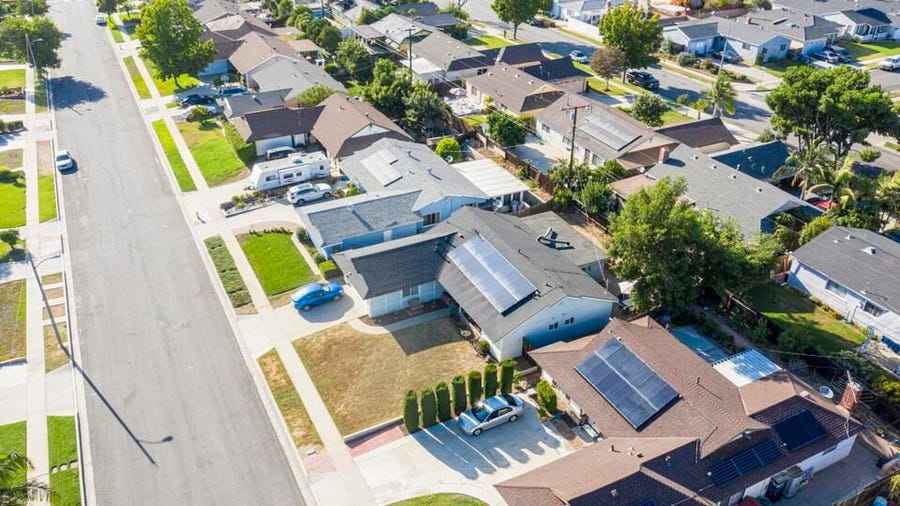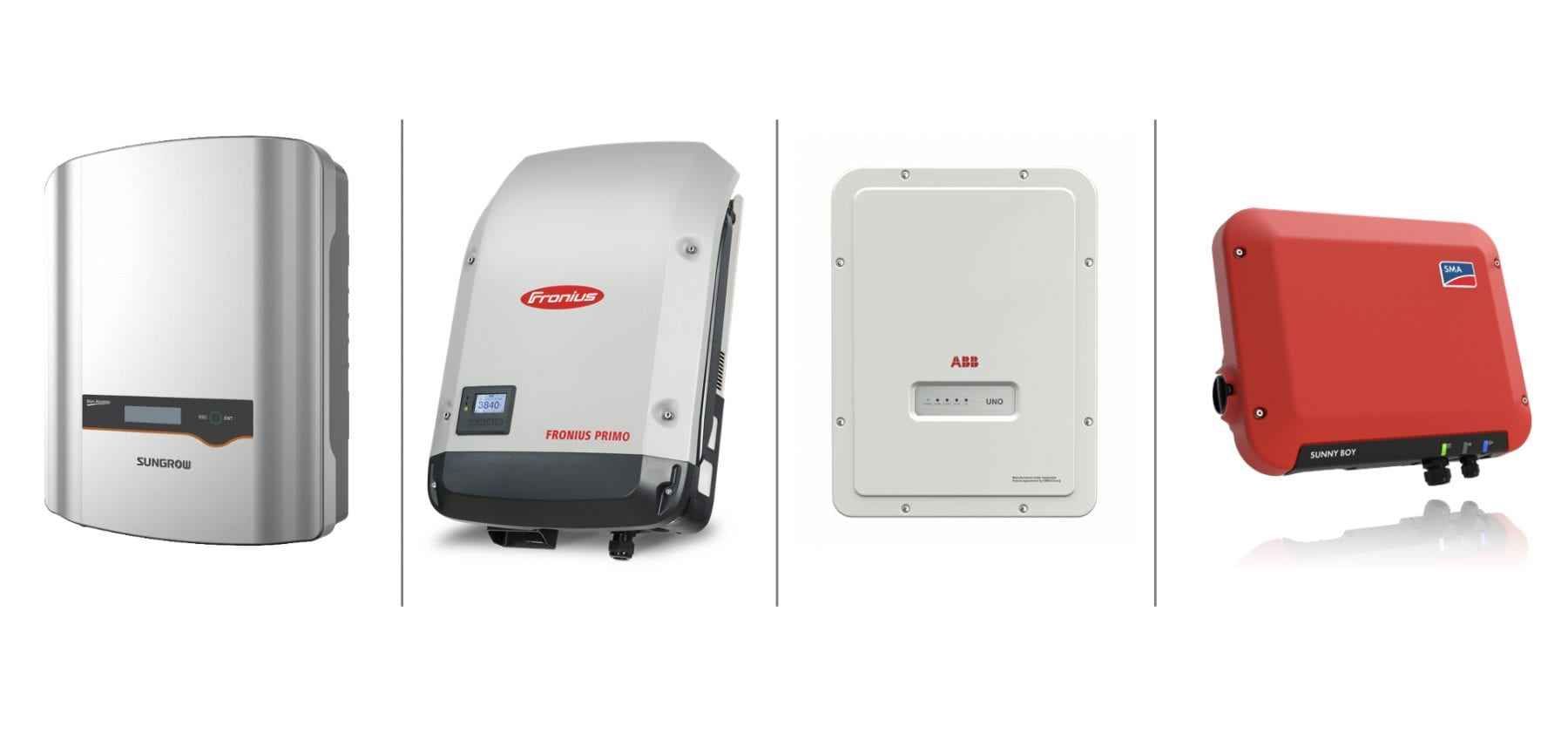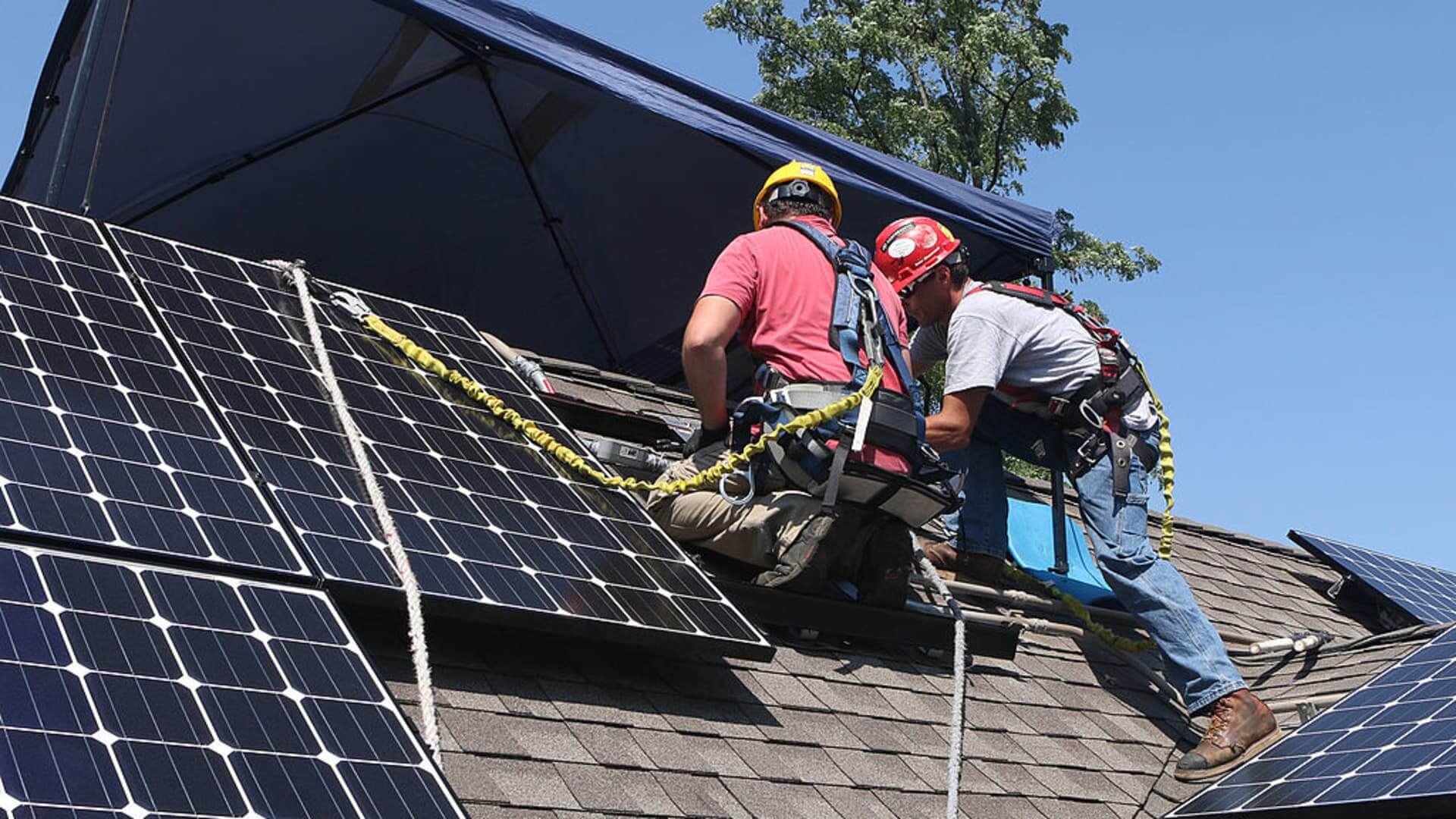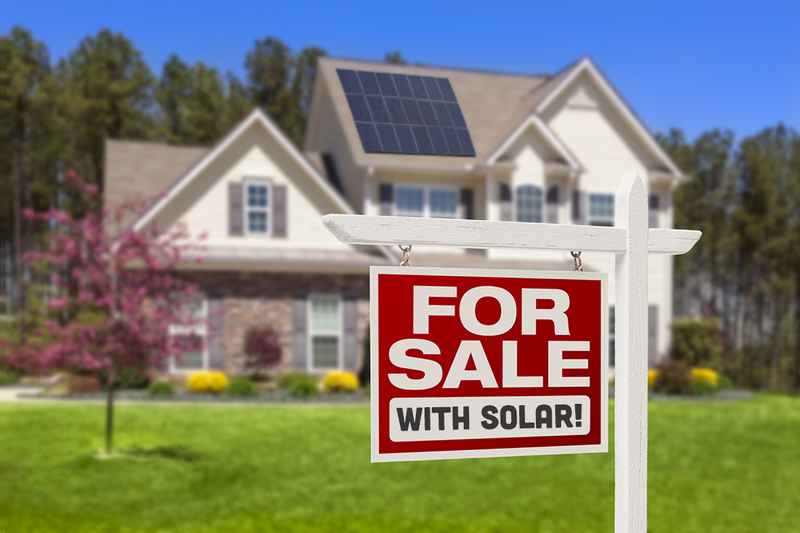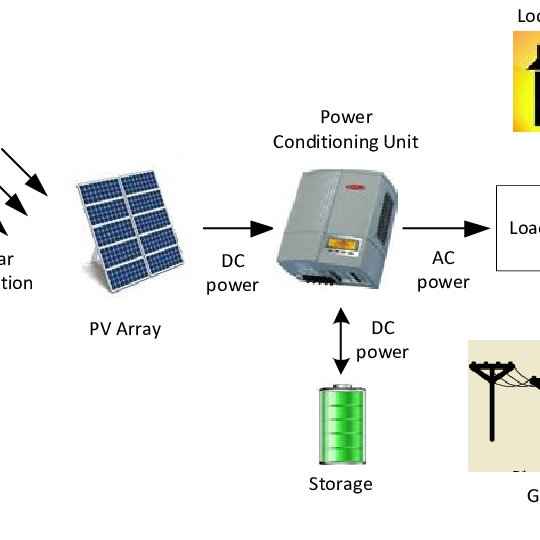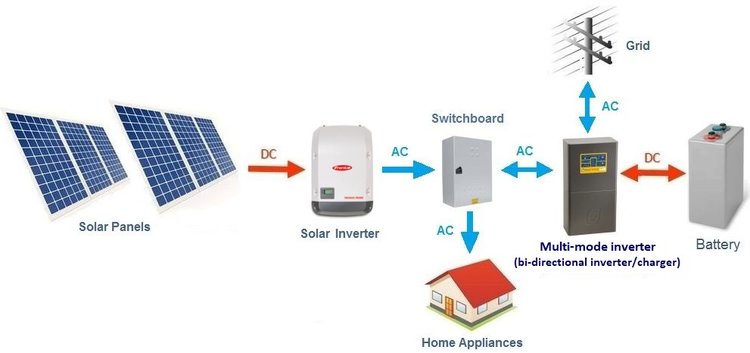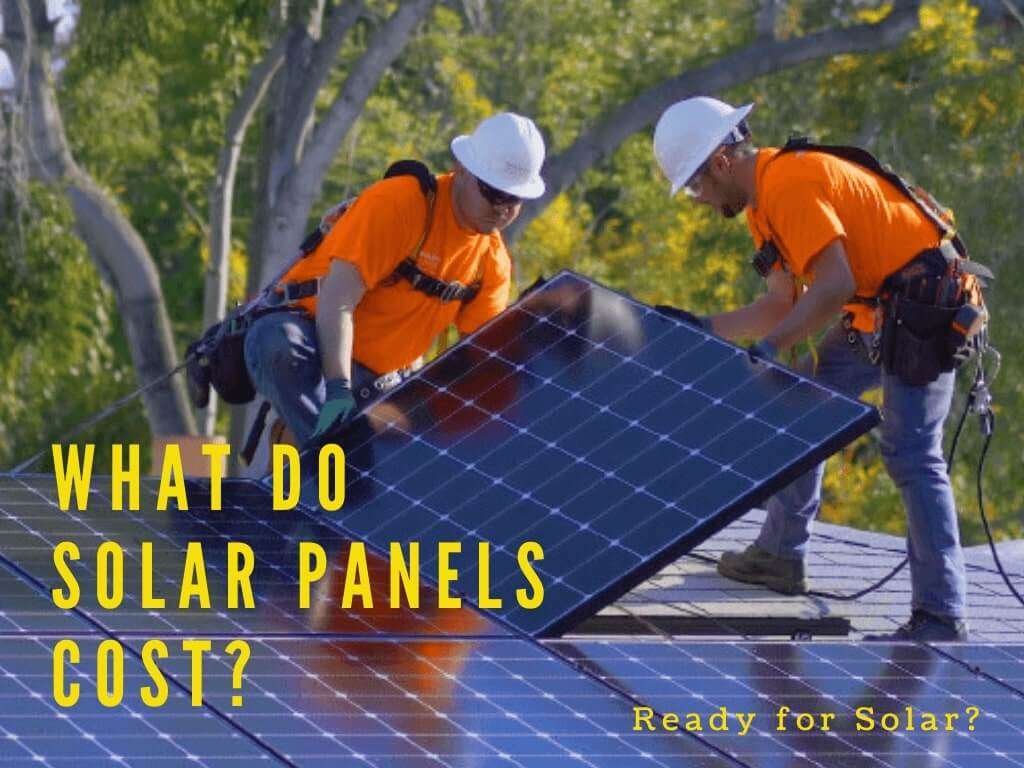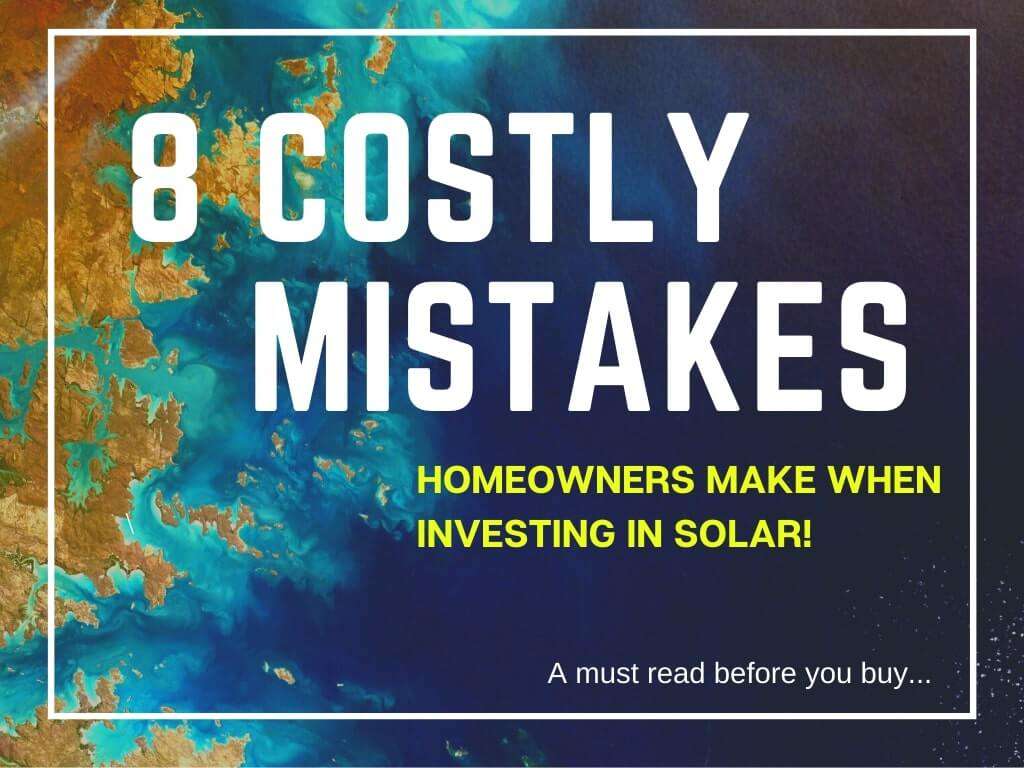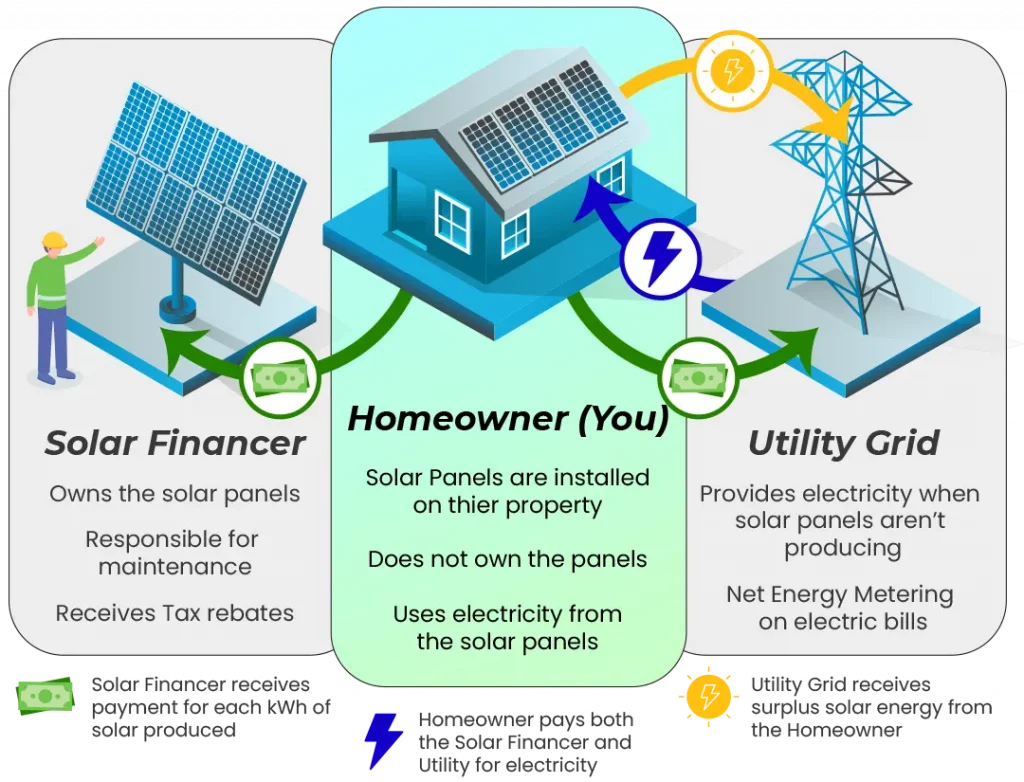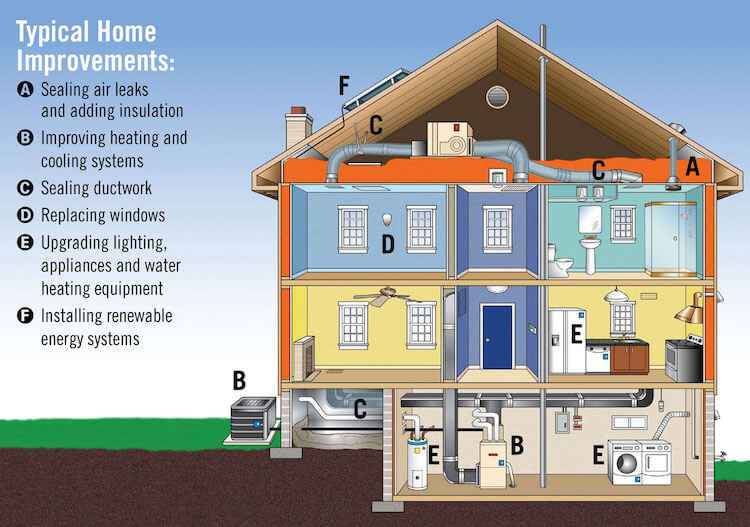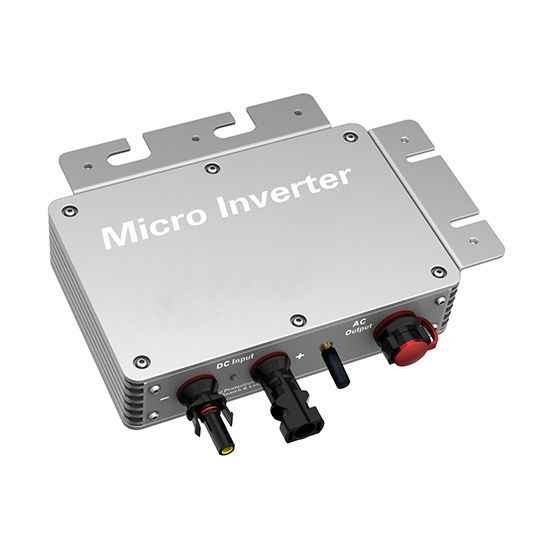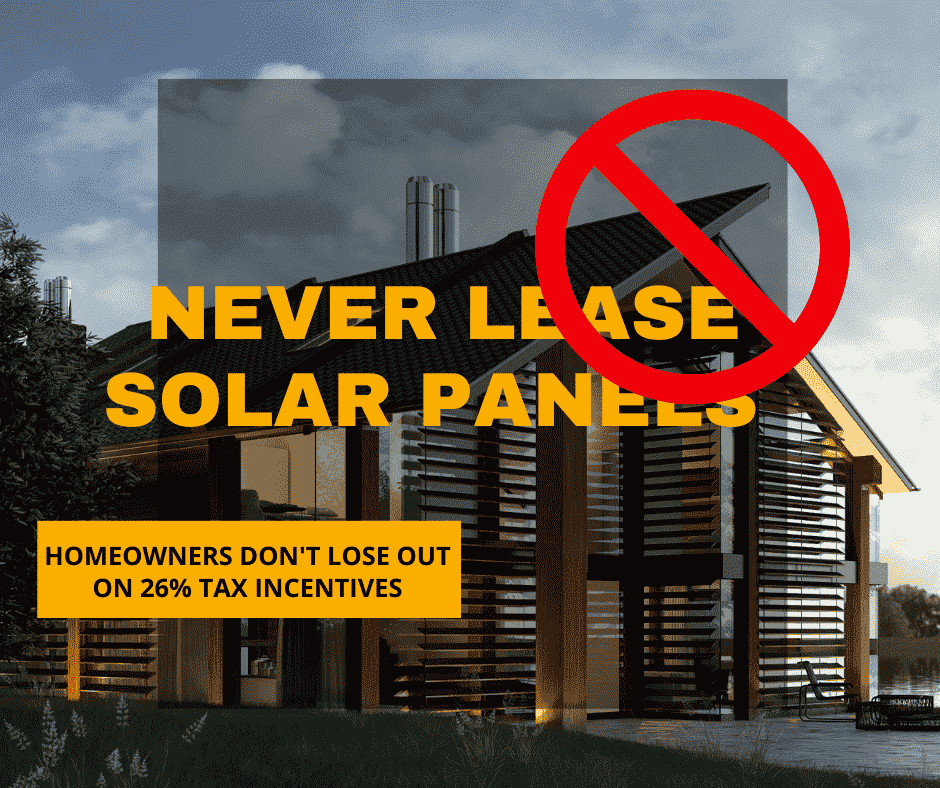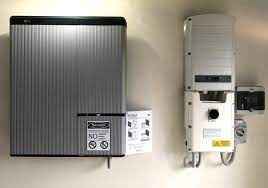
- January 2, 2023
- admin
- 0
When I first contacted solar installers, they asked for two items:
- address of my property
- a digital copy of my utility bill
From my address they can survey the property using Google Maps. They use the satellite view to assess whether I have enough area on my roof to install an adequate number of solar panels, and whether the roof is unobstructed most of the day (by other buildings, trees, etc).
Using my electric bill, they can assess my monthly payment and electricity usage. Once they size a system for me, they can then estimate my monthly savings. If this savings meets or exceeds the payment I will make for financing the solar panels, they consider the project to be economically worthwhile, and move forward with a proposal.
Once a proposal was ready a sales rep from our installer visited my home, told us what we could expect and asked us to sign papers. Once signed, they were able to schedule installation, which was completed in under two months.
The financing we signed was designed to avoid out-of-pocket costs. Payments were waived for the first three months, anticipating that the solar panels would not be ready before then. We were allowed to hold the full balance for up to 15 months, then the finance company expected a large payment approximately equal to the federal tax credit. Then monthly payments would continue to apply to both interest and principal, with the intent that monthly payments would not exceed the savings in electric power. It was structured as a 15-year loan, although we paid ours in full after 2 years, since the interest rate was fairly high (nearly 6%).
On installation day a crew of 4 men arrived with a truck. They prepared my roof for mounting hardware, dug a trench for electrical conduit (needed for DC wiring from my detached garage), mounted the power inverter on the outside wall of my home, installed panels, wired up everything and tested. The whole installation needed about six hours to complete.
Post installation, the company scheduled a city inspection. An electrical inspection and building inspection were both needed to verify the installation complied with building codes. The last step was for our electrical company to visit, test the system, install a new power meter, and begin our net metering service.
In our state, we are credited for excess power that flows into the grid at the same rate as power we use from the grid. So we pay only for the “net” power we use (this is commonly known as “net metering”). Our monthly utility bill shows our inflow, outflow, how much we pay for our net usage (if any), or if we generate excess power for the month, how much we bank for later use.
In the first full year, the system generated about 5,000 kWh of electricity, worth about $750 at typical electrical rates in our region. We paid $20k for the system, of which a third was refunded to us on our federal taxes (applying a credit for new solar generation capacity), so we financed around $13k. It would take 17 years to break even, assuming the system does not lose efficiency. However the solar panels add to the home’s value, so we would probably replace much of our investment if we choose to sell the home in 5–10 years.
At our latitude, winter days are short (about 8 hours at the solstice) and the sun is at a lower angle in the sky, limiting daily generation to about 8 kWh when sunny. But in the summer, our days are nearly 16 hours, and we see close to 30 kWh generated on a sunny day. Fortunately peak generation also corresponds to our peak usage (due to air conditioning) so we pay little electricity in summer months.
Here is a monthly breakdown I estimated for 2018 based on actual meter readings:
In May we had an excess of power (before the days became hot enough for A/C). September was our peak usage. Our electricity costs for the year were under $600.
In summary: Was the project a financial slam-dunk? Not really. In the long term it will pay for itself, but the savings are not enormous. Would we do it again? Absolutely, it feels good to have clean, renewable power at home, that we can generate ourselves, and be at least partly free from the electrical grid.
If you would like a complimentary quote. Please visit call: Freddie Avila at 310.940.8886
